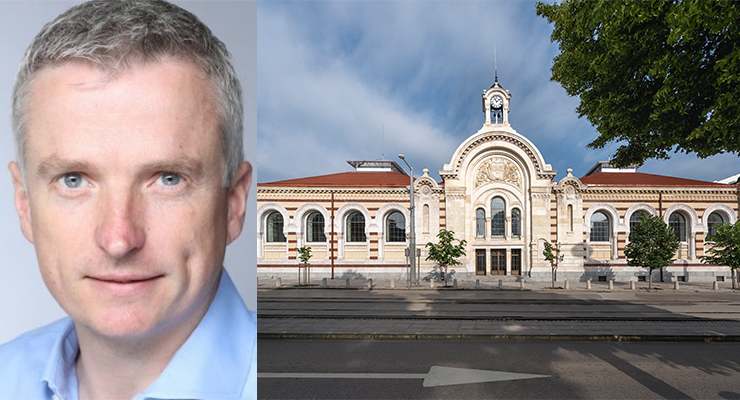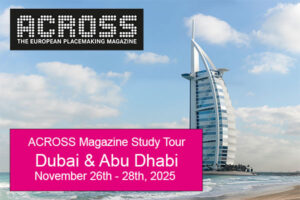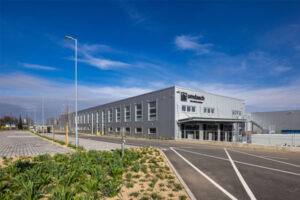Anyone traveling to Sofia, Bulgaria, this summer should write a new “must-see attraction” on his travel list: since the end of May, the historic market hall can once again be visited from the inside, and what’s more, an atmospheric food market has been created here. With the opening of the market hall on May 23, 2024, by Kaufland, a special revitalization has been completed: The historic market hall in the center of the metropolis has been given a new lease of life as a modern shopping location with great sensitivity and an eye for detail.
Sofia’s first modern covered food product market was unveiled in 1911. Its facade combines the then-rare neo-Renaissance style. In 1955, it was designated a cultural landmark of national importance. In 1988, it was closed for remodeling and renovation. In 2000, it opened again after Israeli company Ashtrom set up a joint venture with Sofia City Hall and invested in the preservation of the building.
In 2021, European retail company Kaufland made steps to purchase Central Market Hall and announced plans to restore the landmark to its original glory.
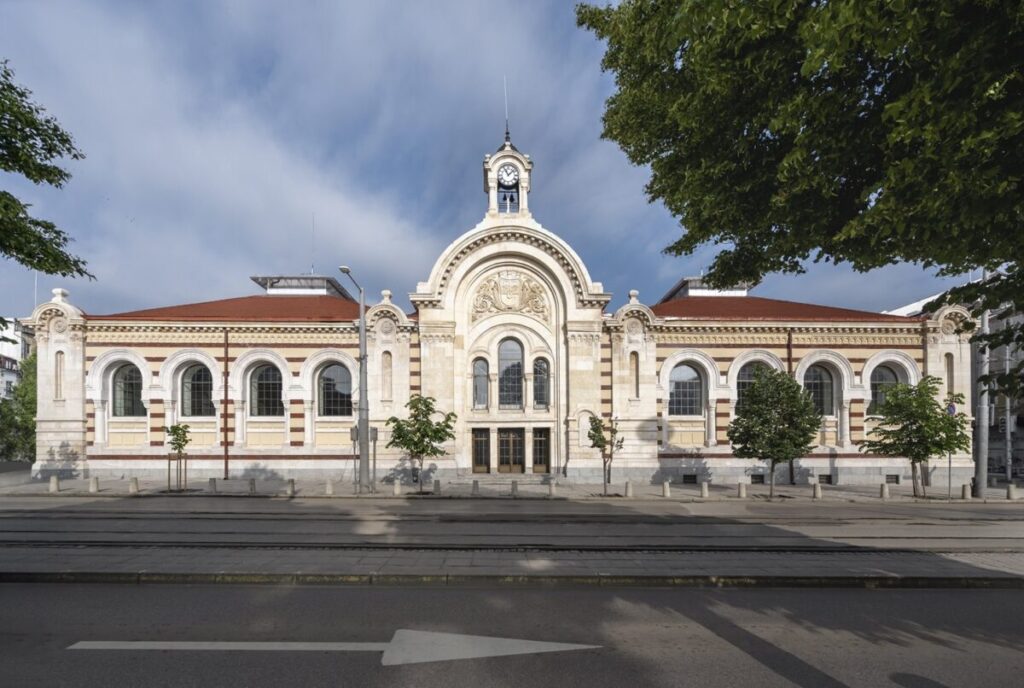
A MARKETPLACE THAT GOES BEYOND GROCERY SHOPPING
Spread across approximately four decades, visitors can experience the full splendor of the historic building, originally designed by architect Naum Torbov. In addition to the food on offer, visitors can learn more about the building.
In the underground floor there are remains of a Roman fortress wall, which can be experienced through a free museum area. Historians and archaeologists from the Sofia Regional Museum helped to preserve the Roman history of the site. “The idea is to organize brisk cultural activities in the underground floor space. We seek to develop an open stage for culture, arts, and educational projects from the beginning of June,” said Michael Hiese, Head of Real Estate Department International.
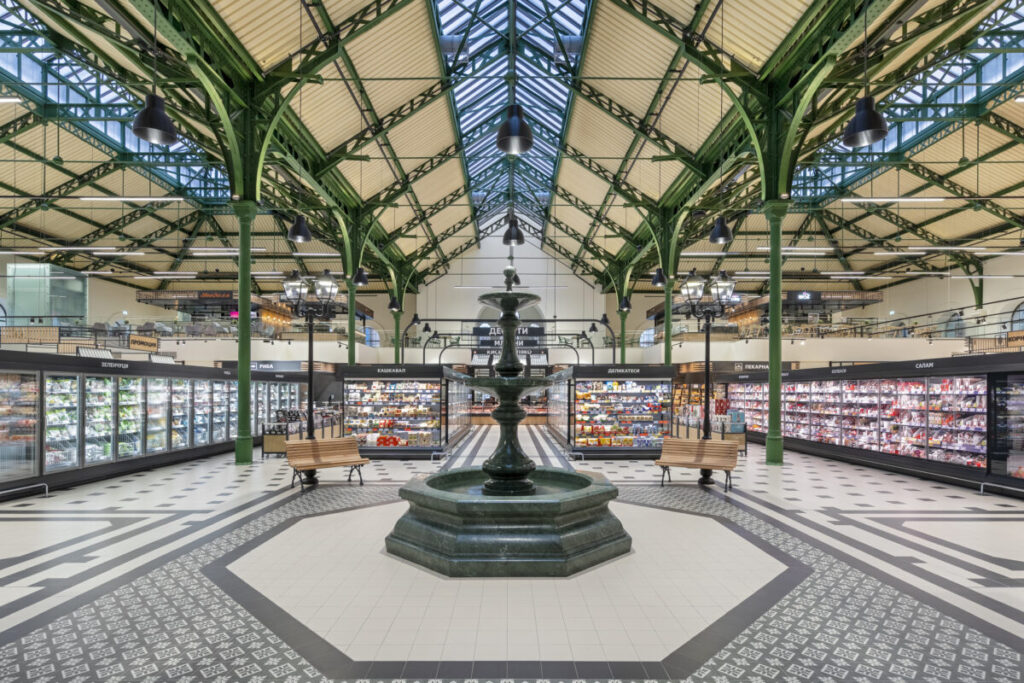
With the opening of the Central Market Hall, Kaufland is not only giving a beautiful property a new lease of life but also following several trends. Revitalization is one of the main topics in the industry. The opening in Sofia is one of Kaufland’s many sustainable projects. In addition, the interplay between travel and retail plays an increasingly important role even in the food retail sector. In addition to the after-sales service, the market hall in Sofia promises to attract many tourists, who drive sales, particularly in the summer months. Market halls are on trend and are a real tourist magnet throughout Europe.
PRESERVING THE CHARACTER, PROVIDING NEW USAGE
“As an international retail company, it was a great honor for us to acquire this unique property. We are aware of the responsibility involved and approached the planning appropriately,” says Michael Hiese. “Preserving the unique character of this historic retail location was always a priority for us,” says Hiese. Kaufland has been represented in Bulgaria since 2006 and operates over 65 stores there, 16 of which are located directly in Sofia. With this investment in the double-digit million range, the company also demonstrates its commitment to Bulgaria, its customers, and its employees.
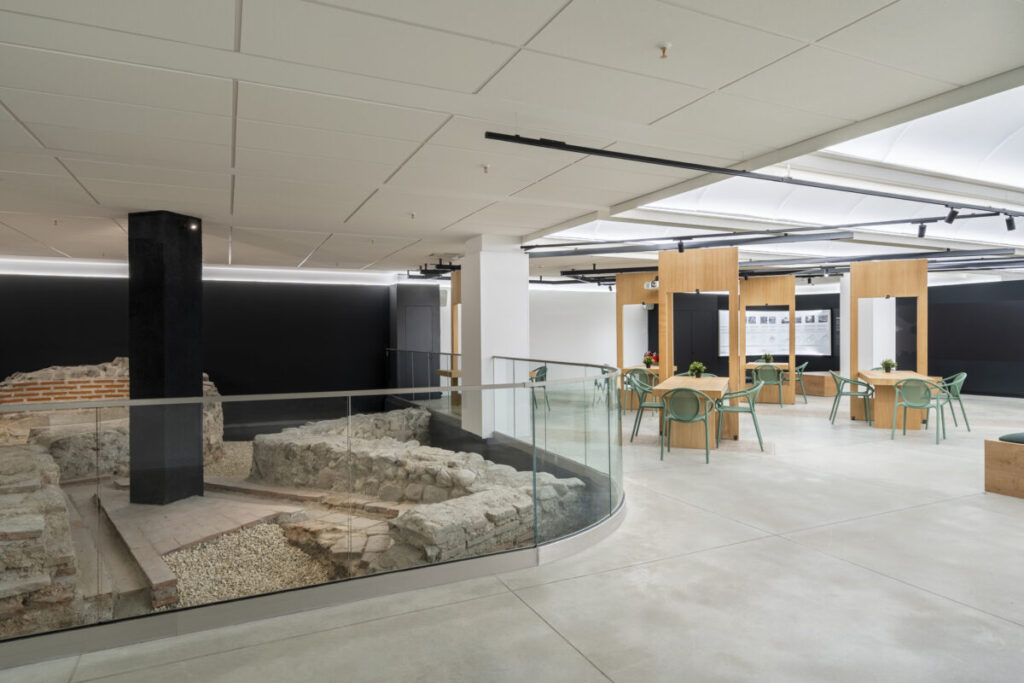
Sofia is one of the oldest settlements and cities in Europe, and the imposing building in the heart of the capital was built in 1911 as the country’s first covered market hall in the neo-Renaissance style with typical ornaments, round windows, and a glass roof. It was also built on the remains of a Roman building from the fourth century. The dark green metal construction comes from the famous foundry of Gustave Eiffel. During a renovation period of around 11 months, it was possible to carefully combine the past with the present and future: Special conservation measures made it possible to preserve the skylights and the metal roof construction. The best European restoration experts have carefully restored the neoclassical facade. Historians and archaeologists from the Sofia Regional Museum helped to preserve the site’s Roman history. In the underground floor, there remains a Roman fortress wall, which can be seen in a free museum area. The original tower clock, which is over 110 years old, has been restored to working order, and an interior fountain has been restored to the original plans for the building.
BOOSTING THE MODERN SURROUNDING
Parallel to all the history, the revitalized retail location now also boasts the advantages of a modern shopping area. In addition to a colorful mix of shops with cozy cafés, varied restaurants, the largest children’s bookstore in Bulgaria, and many small specialist stores, visitors to the market hall can also look forward to a virtual reality zone, where VR glasses open up another digital level of the multi-layered building.
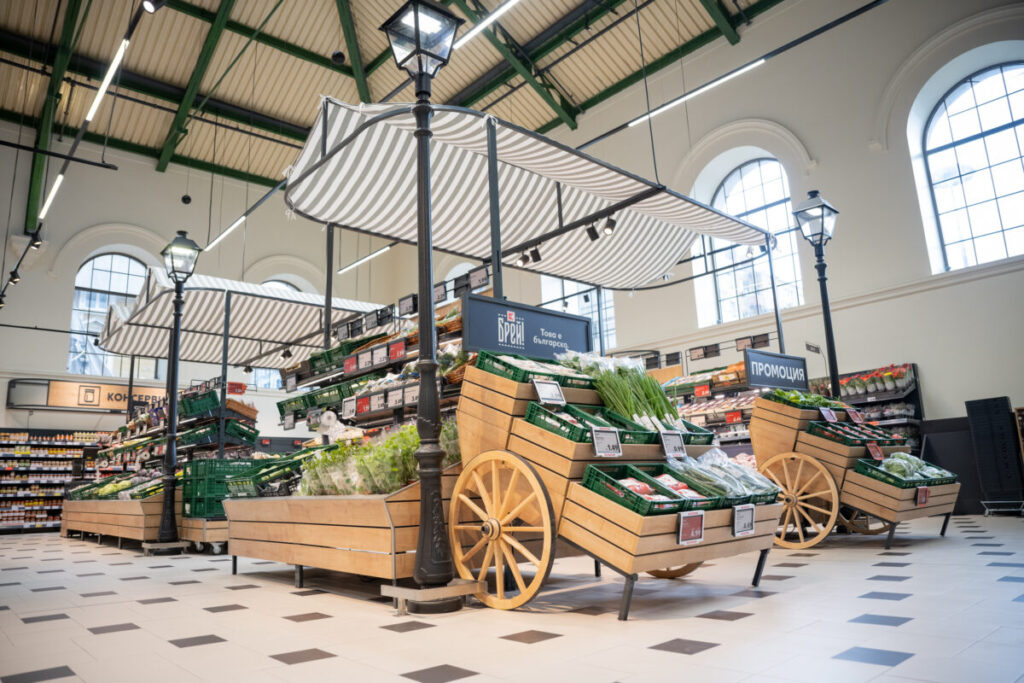
When designing the modern Kaufland store, particular attention was paid to the use of energy-saving and environmentally friendly technology. Thanks to the installation of a new ventilation system, the waste heat from the refrigeration units can also be used to heat the sales area, as well as the offices and social rooms. In addition, energy-saving, closed refrigeration units, and pleasant LED lighting reduce energy requirements. Kaufland presents itself in the style of a market hall with a wide range of fruits and vegetables and offers an extensive range of over 15,000 items.
Vacation time requires flexible property approaches
Travel and retail certainly plays a role in our expansion strategy, but is prioritized differently in countries in which Kaufland is represented, says Michael Hiese, Head of Real Estate Department International, Kaufland. In this Q&A he explains the role of travel & retail in the Kaufland portfolio.
ACROSS: HOW DOES TRAVEL & RETAIL RELATE TO THE KAUFLAND PORTFOLIO?
MICHAEL HIESE: Kaufland’s store concept combines modern architecture, maximum flexibility, sustainable construction and comprehensive service – customized for each location. Customer satisfaction, regardless of whether they are regular customers or tourists, and sustainable supply are our top priorities. Travel and retail certainly plays a role in our expansion strategy, but is prioritized differently in the eight countries in which we are represented. Two exemplary locations where we offer special points of attraction in city centers with our shops are Alexanderplatz in Berlin, Germany, and the Central Market Hall in Sofia, Bulgaria.
ACROSS: AT WHICH LOCATIONS/COUNTRIES IS THE TOURISM EFFECT MOST NOTICEABLE?
HIESE: Kaufland is particularly popular with tourists in three countries: In Bulgaria with its lively Black Sea coast, in Romania with the majestic Carpathian Mountains and its hot spots on the Black Sea and along Croatia’s Adriatic coast with its picturesque towns. In terms of the number of locations, the tourism effect is most pronounced in Croatia. This is mainly due to the number of holidaymakers who arrive by car and self-cater in holiday flats or campsites. They appreciate the low prices, relevant selection of products, convincing quality and ease of shopping in Kaufland shops. Thanks to our consistent expansion into the coastal regions of Istria, Dalmatia and Dubrovnik, we are close to our customers and also well prepared for the seasonal influx of tourists.
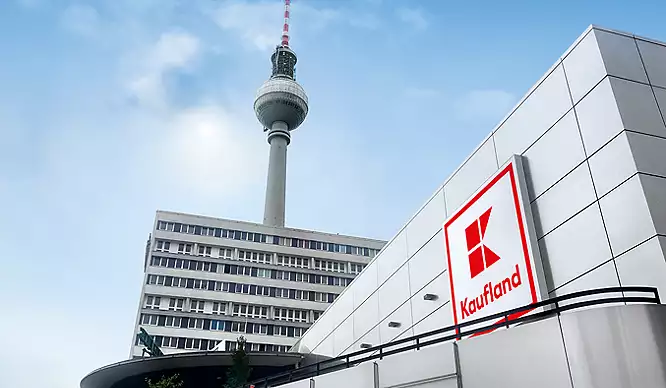
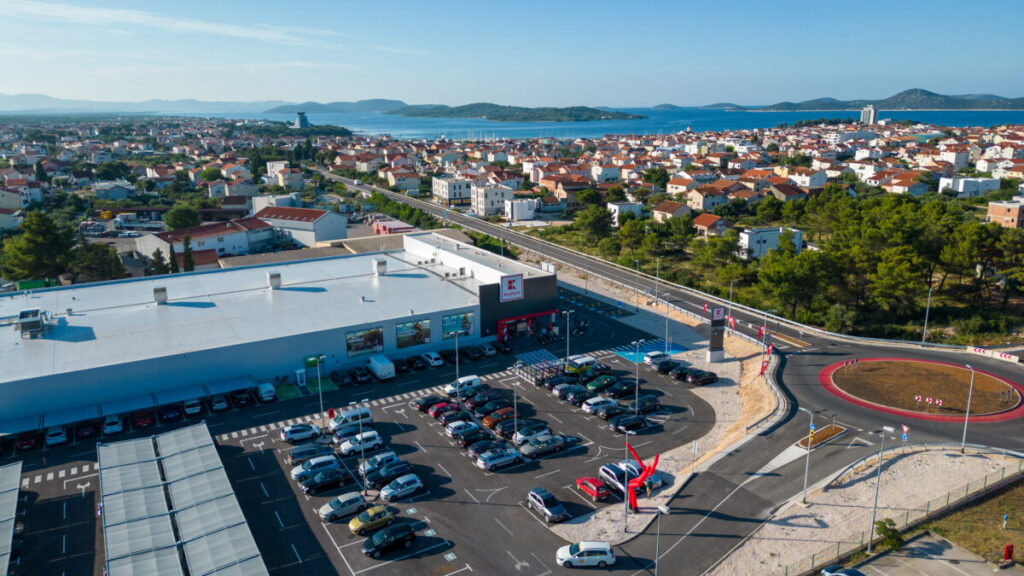
ACROSS: HOW DOES THIS AFFECT SHOP DESIGN, PRODUCT RANGE, OPENING HOURS AND MARKETING?
HIESE: Customer satisfaction is our top priority. We are constantly endeavoring to make the shopping experience easier. This starts with our long opening hours and the large parking bays in our car parks. To make shopping convenient, we are also focusing on digitalizing the customer journey and are constantly working on new services and digital offers. We also make various location-specific adjustments during the season. This includes longer shop opening hours, flexible space expansions and the availability of seasonal and regional products. For example, we expand selected locations with mobile tent solutions during the peak season in order to offer our customers an even wider product range.
ACROSS: HOW DOES THE TOURIST SEASON DIFFER TO THE REST OF THE YEAR AT THESE LOCATIONS?
HIESE: Locations in highly frequented tourist regions sometimes differ significantly from conventional locations, mainly due to the large increase in customer footfall during the tourist season. In Croatia, there are up to ten tourists per inhabitant in some locations during the tourist season. This results in an extreme shift towards the summer season and sometimes leads to a 10-fold increase in footfall in July/August compared to January/February. A huge logistical and organizational effort for our national companies and local employees. This makes it all the more important that we develop and implement flexible concepts for our properties.
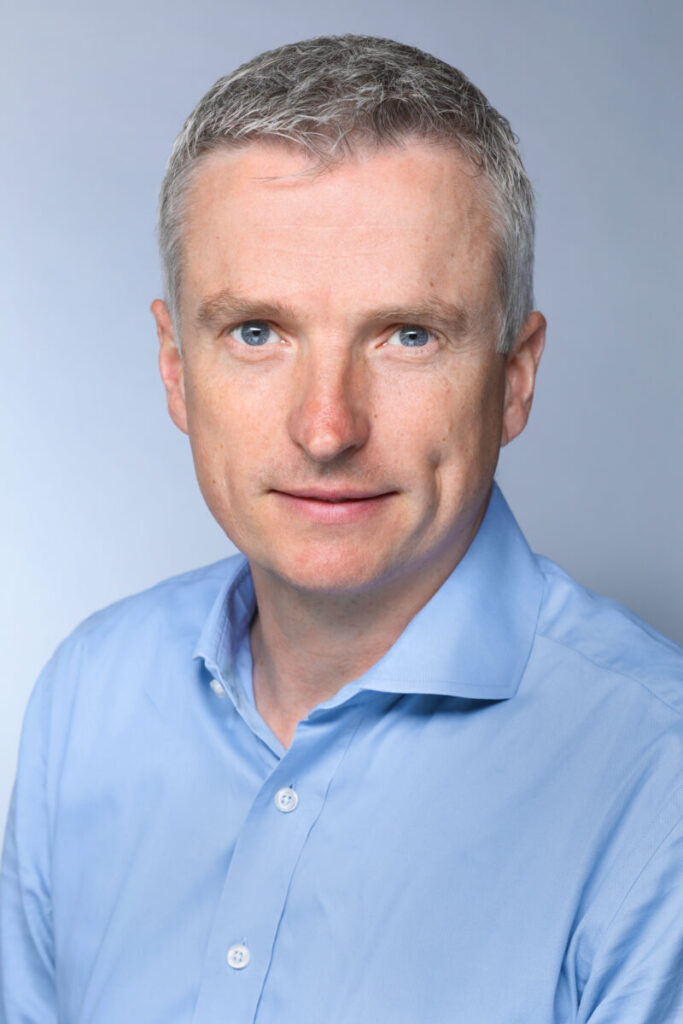
Michael Hiese
Michael Hiese is Head of Real Estate Department International at Kaufland.

